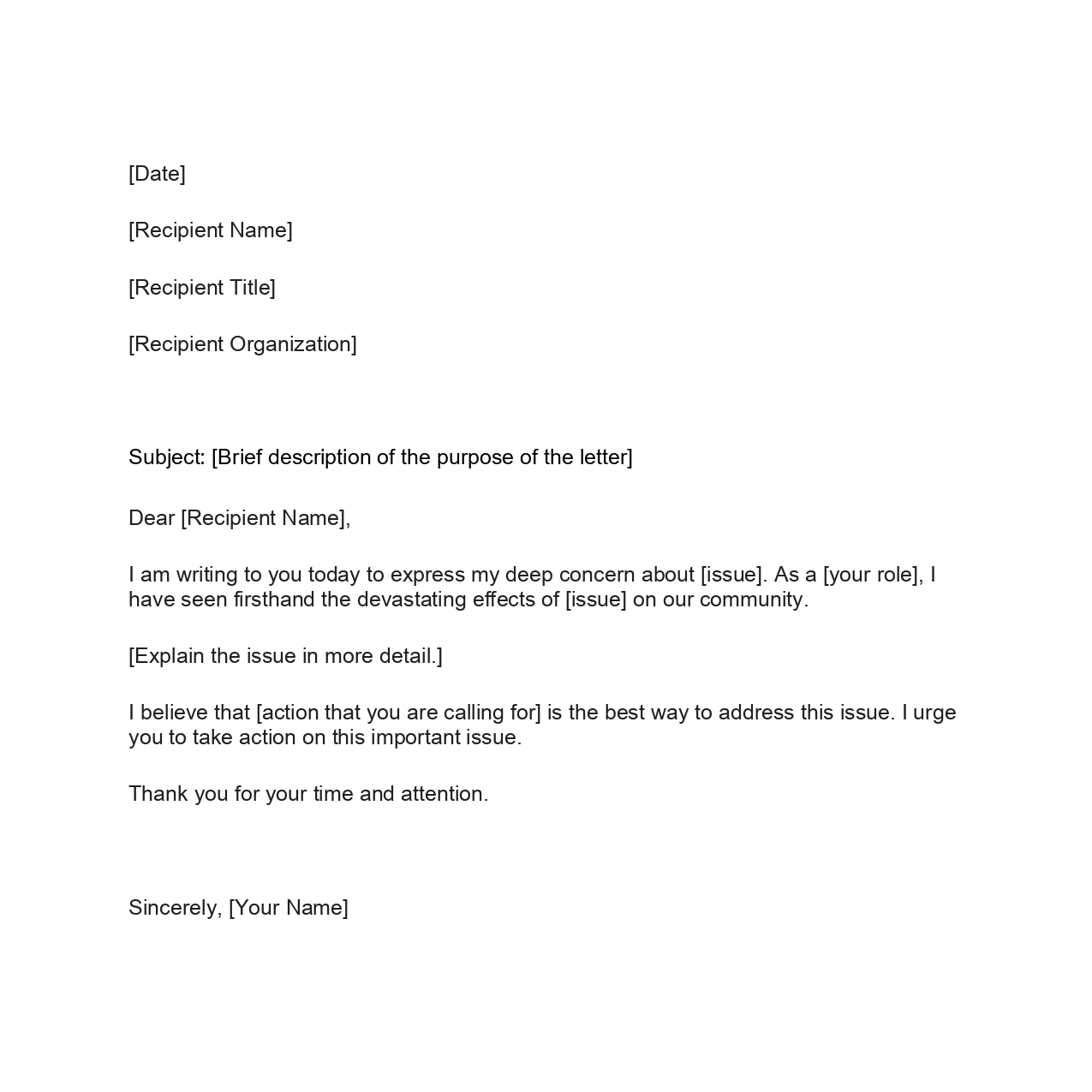Physical Address
304 North Cardinal St.
Dorchester Center, MA 02124
Physical Address
304 North Cardinal St.
Dorchester Center, MA 02124

Writing an open letter can be a powerful way to express your thoughts, opinions, or feelings. Whether you’re addressing a public figure, a company, or an individual, an open letter can be a great way to make your voice heard. In this article, we’ll take a detailed look at how to write an open letter that will be read and taken seriously.
Table of Contents
An open letter is a written message that is addressed to a public figure, a company, or an individual. Unlike a private letter, which is intended for the eyes of the recipient only, an open letter is meant to be shared with the public. Open letters are often used as a way to express opinions, make a complaint, or offer suggestions. They can also be used to praise or congratulate someone.
When writing an open letter, it’s important to consider who your intended audience is. If you’re writing to a public figure, such as a politician or celebrity, it’s important to address them by their proper title. If you’re writing to a company, you should address the letter to the CEO or another high-ranking official. If you’re writing to an individual, you should address the letter to them by name.
An open letter should include the following elements:
A well-structured open letter is crucial for capturing the attention of readers and conveying your message effectively. Here is a suggested structure for your open letter:
Start with a captivating introduction: Begin your open letter with a compelling opening paragraph that grabs the reader’s attention. You can start with a thought-provoking statement, a personal anecdote, or a relevant quote.
Clearly state the purpose and objective: Clearly articulate the purpose of your open letter. State the issue you are addressing and your objective—whether it is to raise awareness, demand action, or advocate for change.
Present arguments and supporting evidence: Present your arguments in a logical and organized manner. Support your claims with reliable evidence, such as research findings, expert opinions, or real-life examples. Use persuasive language to engage and convince your readers.
Address counterarguments: Anticipate counterarguments or opposing viewpoints and address them respectfully. Acknowledge differing opinions and provide strong rebuttals to strengthen your position.
Conclude with a call to action: In the conclusion of your open letter, summarize your main points and end with a clear call to action. Encourage your readers to take specific steps, such as signing a petition, contacting their representatives, or spreading the word.
It’s also important to keep the tone of the letter professional and polite. Avoid using offensive or confrontational language, and try to find common ground with the recipient.
| April 1, 2023 Mr. John Smith CEO XYZ Corporation 123 Main St. City, State 12345 Dear Mr. Smith, Opening Paragraph: State your purpose for writing and outline key points/arguments. As a loyal customer of XYZ Corporation for over 5 years, I am deeply concerned about the recent change in your products’ manufacturing quality and decrease in safety standards. I’m writing to urge you to reconsider recent shifts in manufacturing and quality control procedures, which I believe are putting customers at risk. Supporting Paragraphs: Provide evidence, facts, examples or context to build your case. Use headings to improve readability for long letters. Neglect for Product Safety Recent tests conducted by independent consumer groups found dangerous levels of chemicals and contaminants present in XYZ products, especially toys and children’s items. This is unacceptable for a company claiming to put customer safety first. Decrease in Manufacturing Standards Since shifting 70% of manufacturing to offshore facilities, the number of product defects and recalls has increased by 35% according to your latest annual report. Rushing production leads to mistakes and quality issues. Call to Action: Request reasonable actions and offer to collaborate. I request that you immediately review manufacturing policies to identify how quality became compromised and develop a concrete plan to enhance standards. I also ask that you provide consumers with full transparency through independent audits. I’m happy to connect you with reliable domestic manufacturers who can produce safe, eco-friendly products. The health of your customers should not suffer to cut costs. Conclusion: Summarize key points and restate your purpose. It’s my hope we can work together to restore XYZ’s reputation for safe, high-quality products. Please respond to my concerns by May 1st. I look forward to your reply. Sincerely, [Your name] [Contact Info] Signature |
An open letter should be formatted in a professional and easy-to-read manner. Here are some tips for formatting an open letter:
Whether or not you should send an open letter to the receiver depends on the situation. If you are writing to express your opinion on a public issue, then an open letter may be the best way to reach a wide audience. However, if you are writing to address a personal grievance, then it may be more effective to send a private letter.
Here are some factors to consider when deciding whether or not to send an open letter:
Once you have written and formatted your open letter, it’s time to distribute it. Here are some tips for submitting an open letter:
Writing an open letter can be a powerful way to express your thoughts, opinions, or feelings. By following the tips outlined in this article, you can ensure that your open letter will be read and taken seriously. Remember to keep the tone professional and polite, and to include a clear and concise summary of the issue at hand, specific examples or evidence to support your point of view, and a call to action.